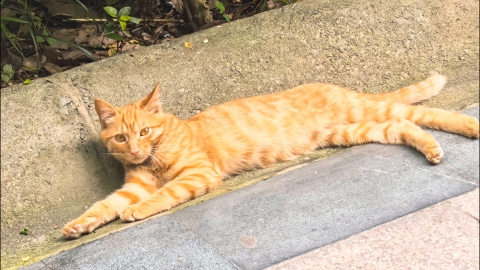What should I do if I was bitten by a kitten and it drew a little blood?
If bitten by a kitten and bleeding occurs, you can manage the wound by cleaning it, disinfecting it, stopping the bleeding and applying a dressing, receiving vaccinations, and taking oral medications. If any abnormalities occur, seek medical attention promptly. Detailed procedures are as follows:

1. Clean the wound: After being bitten and bleeding, immediately rinse the wound alternately with running soapy water and clean water for at least 15 minutes, trying to squeeze out contaminated blood from the wound to reduce the risk of viral and bacterial infection. After rinsing, gently dry the wound with clean gauze or paper towel.
2. Disinfect the wound: Use povidone-iodine, hydrogen peroxide, or medical alcohol to disinfect the wound and kill any possible residual viruses and bacteria. Ensure thorough application without missing any spots during disinfection.
3. Stop the bleeding and apply a dressing: If the wound is bleeding, gently press the wound with clean gauze or paper towel to stop the bleeding. Once the bleeding stops, cover the wound with clean gauze or a band-aid to prevent bacterial entry and keep the wound clean and dry.
4. Vaccination: Since cats may carry the rabies virus, it is necessary to go to the hospital within 24 hours after being bitten to receive the rabies vaccine. Usually, five doses of the rabies vaccine are required, administered on the day of the bite, the 3rd day, the 7th day, the 14th day, and the 30th day.
5. Oral medication: If signs of infection appear, such as redness, swelling, or increased pain, take oral antibiotics under a doctor's guidance, such as amoxicillin capsules, roxithromycin dispersible tablets, or cefradine capsules, to control the infection and promote wound healing.
During the healing process, closely monitor the wound for signs of worsening redness, pain, or systemic symptoms such as fever. Keep the wound area clean and avoid contact with water or contaminants to prevent secondary infection.





